Mixing elements from Afro-Caribbean, Native American, French, Spanish and English traditions, music in the state of Louisiana has seen musical genres become something of a passion; enthusiasm students become well aware of when visiting the region.
Some people may not know too much about the state of Louisiana, but you can be sure that New Orleans has graced the tongues of many in recent years.
With the disaster of Hurricane Katrina hitting the region around the Mississippi, it has taken years for the City of New Orleans to rebuild and for the people to start piecing together their lives. While aid arrived, it could be argued that it wasn’t the face of Brad Pitt that necessarily picked the city up, nor the New Orleans Saints rallying around for a winning streak.
Dive into the history of the Pelican State and you’ll soon learn of the events that brought together a variety of cultural flavours to create a community that reflects on its past and embraces tradition in its identity.
Music through the ages
From Martin Luther King Jnr reciting the words to ‘We Shall Overcome’, to New Orleans Saints fans chanting their club song, ‘Who dat?’, music allows us to express ourselves.
Home to more than one genre of music, it is of little surprise that the city of New Orleans has become a melting pot of cultures and musical talent. From jazz and blues in New Orleans to Cajun and zydeco in the rural south of Louisiana, a combination of slow rhythmic beats has come together to create some distinctive sounds.
“If you have to ask what jazz is, you’ll never know” – Louis Armstrong
The words of Louis Armstrong highlight the importance of jazz for this musical legend but they also begin to tell the story of music. They also tell of its rise through the culture of Louisiana and how it has become to represent more than just a period in history.
Mixing elements from Afro-Caribbean, Native American, French, Spanish and English traditions, music in the state of Louisiana has seen musical genres become something of a passion; enthusiasm students become well aware of when visiting the region.
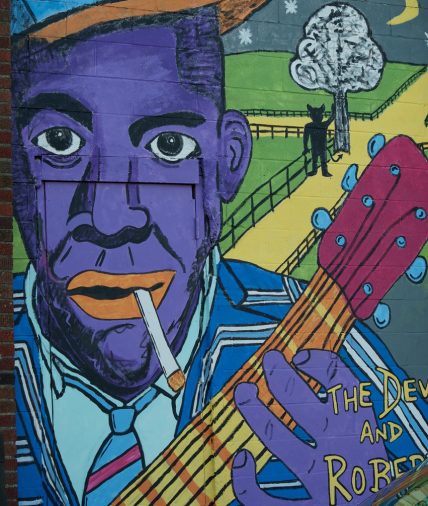
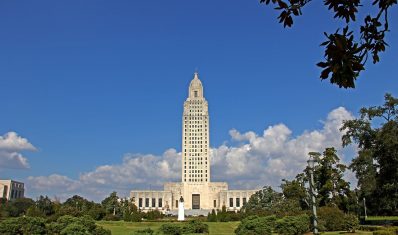

Written in the walls
Congo Square (New Orleans) was the only place in America where slaves were allowed to assemble and play drums. Taking place on ‘free Sundays’, a mix of African rhythms and movement would keep their ancestral music and dance alive. This music has since developed and become a genre embedded in American culture – jazz.
Students can walk the streets of the French Quarter where the eye-catching ironwork adorns the buildings. Groups will start to piece together the development of musical genres in Louisiana on a tour of the plantations where the past is recreated and students can question what music meant to slaves. Did it represent a liberal release demonstrating both pain and heritage?
The French connection
Students may recognise The Big Easy’s name derives from the French city of Orleans. Despite the huge hotchpotch of cultures and identities, it’s not only New Orleans architecture where the French connection makes an appearance.
Descendants of French and other European colonists in Louisiana who made their mark around New Orleans were typically plantation owners. Where French culture intermingled with Native Americans, Africans and Haitians, the birth of the term ‘Creoles of Colour’ came to fruition. With the original Creole ballads, often sung in French, gradually soaking up elements of African-American music, not only was jazz born but the development of blues.

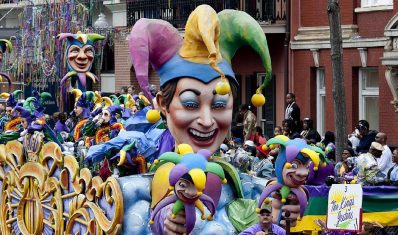

Recognise the themes of music and history walking hand in hand as the world spun around. Zydeco uses the accordion, spoons, frottoir, fiddle and triangle as its signature instruments and is typically performed in Louisiana French. Where early Cajun bands used the guitar, fiddle and triangle combining a mixture of old Acadian folk tunes with Spanish, Native American and Anglo-American melodies, modern Cajun and zydeco have become terms often used interchangeably.
African-American Heritage Trail & Mississippi
Students can discover more about the contributions of African-American influence on food, music, arts and literature in Louisiana on the African-American Heritage Trail. Providing great learning opportunities, the ‘Deep South’ is awash with history. From the historical structures found within New Orleans including the lakefront area and ‘Cities of the Dead’ to exploring the impact of Hurricane Katrina, students start to piece together a timeline of events.
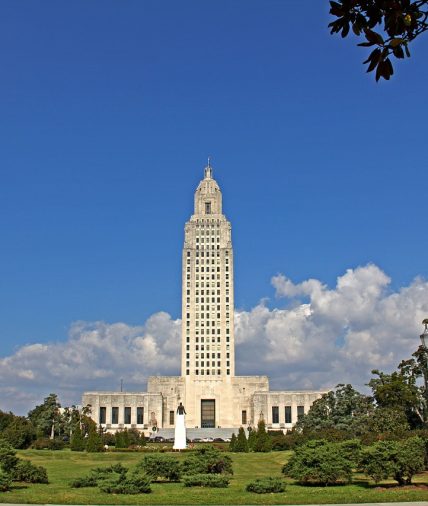

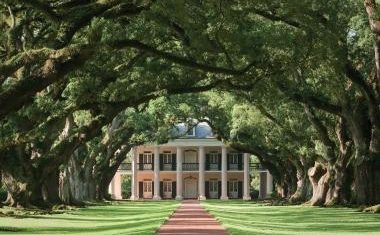
Visiting the state’s capital, Baton Rouge, provides access to plantations, including the Destrehan Plantation that sits as one of the oldest remaining plantations in the Lower Mississippi Valley and central to the famous 1811 slave revolt.
Experience all that Louisiana has to offer, including the coastal marshes of Lafayette and living history of Acadian culture in Vermilionville, and students will soon start to understand how much history sits in Louisiana and the impact of that past on the shape of US culture.
Spark interest and intrigue
History and music combines into a unique experience that will spark interest and intrigue with the only expectation from the people of Louisiana is for you to enjoy the rhythm and beat in return. As Louisiana continues to cling onto the phrase Laissez les bon temps rouler (‘let the good times roll’), students will soon lose themselves in the traditions passed down from generation to generation.
The chance to visit Louisiana truly provides a unique opportunity to visit a state saturated in a distinct culture and where the birth of some music genres is closely associated with American culture – welcome to the Child of the Mississippi.


Comments are closed here.